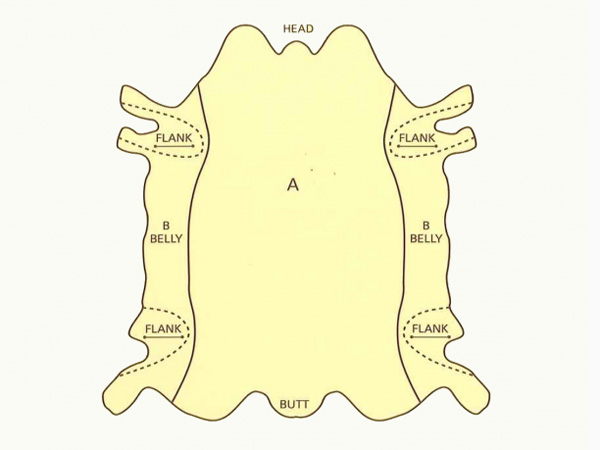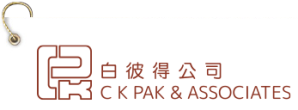
CUTTING INSTRUCTION FOR GENUINE LEATHER
A hide of genuine leather is nature’s product and caution must be exercised in cutting one. The above diagram shows various areas of a hide and they are cut as follows:
Section A should be used in cutting seat tops, inside backs, cushion bands and other sections that will receive the most strain and usage of flexing. Section A is the prime portion of a hide.
Section B should be used for outside arms, backs, hidden bands or any other parts of furniture that receive little or no flexing. The flank sections must be used on outside backs and nonwearing surfaces in order to avoid trouble. Flank fibers run generally in one direction as indicated by the arrow. In applying flank section to a chair, the first pull should be taken in the direction of the arrow. A stretch at right angles to the direction of the arrow may cause the finish to crack.
COLOR VARIATION
Color variations and differences in the structure are typical and may occur in this natural product, even inside of one dyelot aniline leather can be minor changes of colour.
THE CARE OF LEATHER
HOW TO ORDER LEATHER
Leather is sold on a square foot basis in whole hide quantities. Hides average 50 square feet.
Use the following figures when estimating quantities needed.
